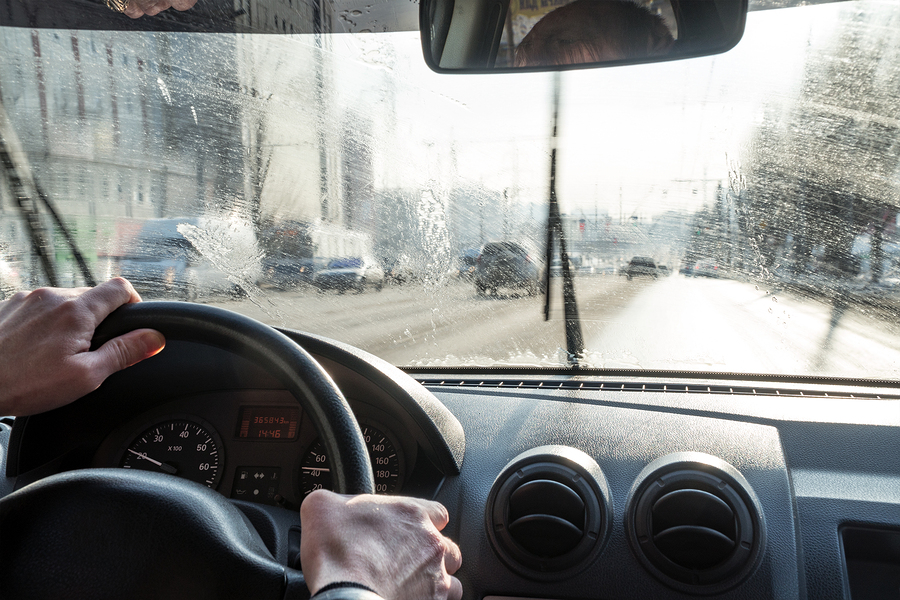Raining? Watch The Road - Rainfall Is The #1 Weather Condition for Causing Accidents
 Michael Babboni
Car Accidents
Florida has a reputation for being the “sunshine state,” but that doesn’t mean we don’t get our fair share of rainfall here. In fact, in some years, the rainfall conditions have been so severe that they’ve turned into full-blown hurricanes that have damaged buildings and vehicles alike.
Michael Babboni
Car Accidents
Florida has a reputation for being the “sunshine state,” but that doesn’t mean we don’t get our fair share of rainfall here. In fact, in some years, the rainfall conditions have been so severe that they’ve turned into full-blown hurricanes that have damaged buildings and vehicles alike.That’s why it’s important for people to understand that when you’re on the road, and you start to see the rain coming down, you have to adjust your driving accordingly. This is important if for no other reason than to make sure you’ve got legal coverage in the event of an accident. Rainfall is, quite surprisingly, the #1 weather condition for causing accidents, and here’s why.
Reduced Visibility
Even during the daytime—but especially at night—rainfall cuts down visibility conditions. When severe rainfall, such as in a strong storm, or hurricane-like conditions occurs, it can reduce visibility a lot, especially if you don’t engage the window wipers.
In keeping with this, it’s also important to turn on your headlights. This can help with your visibility issues in seeing what’s up ahead, but more importantly, it makes you more visible to others, so that people will know you’re on the road and react accordingly. Sometimes the change in temperature with sudden rainfall is enough to cause your windshield to fog up, so take this into account as well.
Slippery Roads
The bigger issue with rainfall is that it has a noticeable, significant effect on the nimbleness of your car because wet roads are slippery ones. This means that when you brake, it will take longer for your car to react due to the road’s slickness, so it’s important to reduce your driving speed, as well as allow more distance between you and cars in front of you, to compensate for this.
If you continue to drive at normal speeds, and then tailgate a car in front of you, for example, you will be completely at fault if you try to brake, and find that instead of slowing down as quickly as you’d expected, you hit the car in front of you in the rear end.
Hydroplaning
This is a symptom of drivers who are going far too fast in rainy conditions, and a clear sign that you are likely at fault for an accident. Hydroplaning only occurs when tires meet water at high speeds. When you slow down during a rainstorm, your slower movement means that the tire simply “cuts” through the water, allowing you to move with full traction.
However, when you go at high speeds, the tires now have the force to gather up water in front of the tire, and then “spin it” in large quantities, under the tire itself, creating a layer of water between the tire and the road. Do this at too high a speed, and that layer of water is enough to separate the car from making contact with the road itself. The car is now riding a sheet of water instead, on which it has no traction, and thus goes out of control.
If another driver crashes into you during rainy weather and you were taking proper precautions, the other driver probably wasn’t. Talk to a lawyer for a car crash. See what your legal options are.
